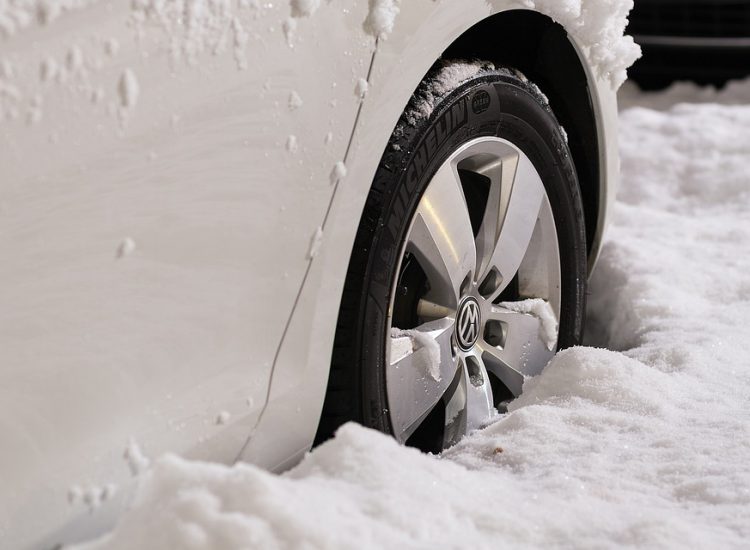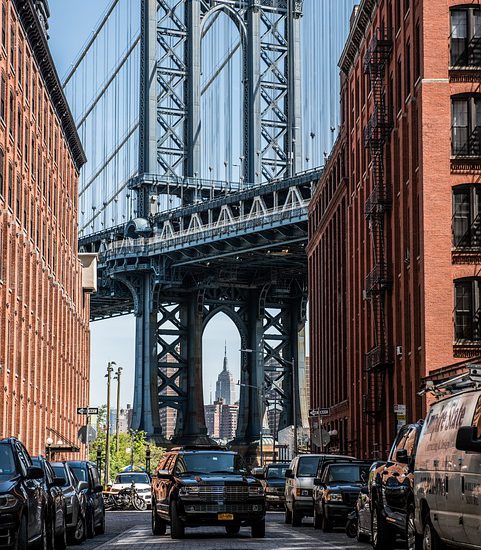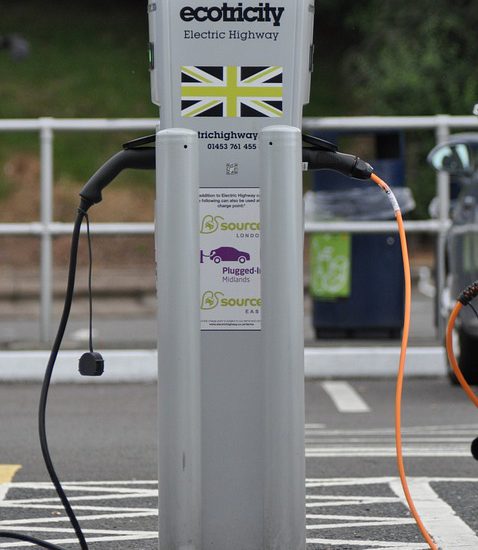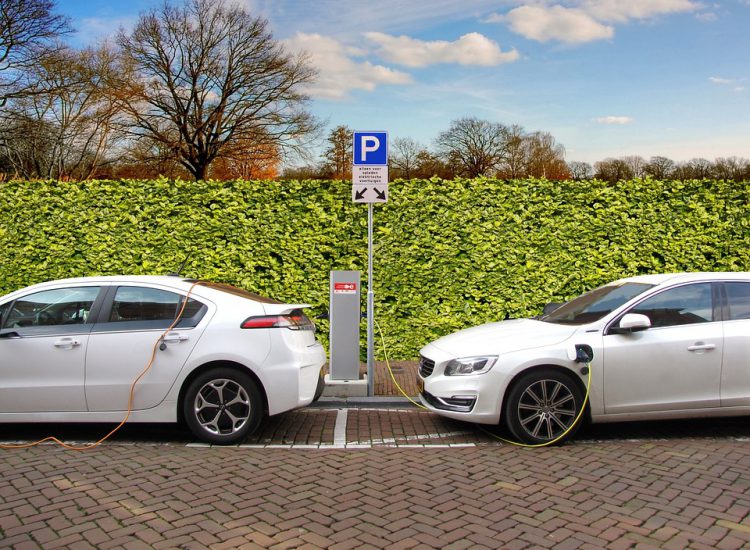With consumers growing angry in the auto industry through most of 2008 as they struggled to survive as gas prices soared, the demand for change was heard loud and clear by government and the auto industry.
Money talks! Consumers did not go shopping for cars, especially SUVs, trucks and other fuel-guzzling vehicles during the summer. Car and truck sales fell anywhere between 25% – 40% depending on region and type of car dealership. Therefore, major auto manufacturers will strive to move at lightning speed with new innovations in technology to produce the most fuel efficient cars the world, especially the United States, has ever seen. They have to do this or the company will have a do-it-or-die mentality.
NHTSA will release in November the new proposal that automakers must achieve 35 CAFE (Corporate Average Fuel Economy) by 2020. The government is now acting with strict requirements that the manufacturer must follow or else…the current standards for trucks are 23 and cars are 27.5 as new cars in 2008/2009 models. While in 2004 the number was 17 for trucks and 24 for cars.
Even better, in 2020 not only do manufacturers have to meet CAFE 35 standards, but there are strict guidelines to be incrementally better as each year of 2020 approaches. There is a mandate that manufacturers must produce cars that increase 4.5% in fuel economy with each passing year, between 2011 and 2015. That’s 4.5% better than the year before and thereafter.
If automakers fulfill this mandate properly, they will be associated with a 3 times higher rate of introduction of new technology than at any time in history. Another way to compare the average, American automakers would need twice as much as Japan and Europe did in new technology to produce more fuel-efficient cars.
Consumers’ perception of importance in determining why they buy a car is fuel economy rating higher than ever in the U.S. By no means is fuel economy the number one reason for importance, but it’s rising even higher to No. 7, according to surveys conducted by J.D. Power and Associates’ 2008 Initial Quality Study. Since you’re interested in the top 6 reasons that influence American consumers’ car-buying decisions:
1. Reliability / Durability.
2. Rest.
3. Quality workmanship.
4. Exterior design.
5. The experience of the agent,
6. Performance.
7. Fuel economy!
It seems ridiculous that Americans still think that a car’s looks and comfort are still more important than wasting gas and spending more money.
I’m sure that when gas prices rise back to the prices from summer 2008 and maintain those prices, American buyers will feel that fuel economy will be the most important reason they choose a vehicle to drive. Money talks (or lack thereof)!










